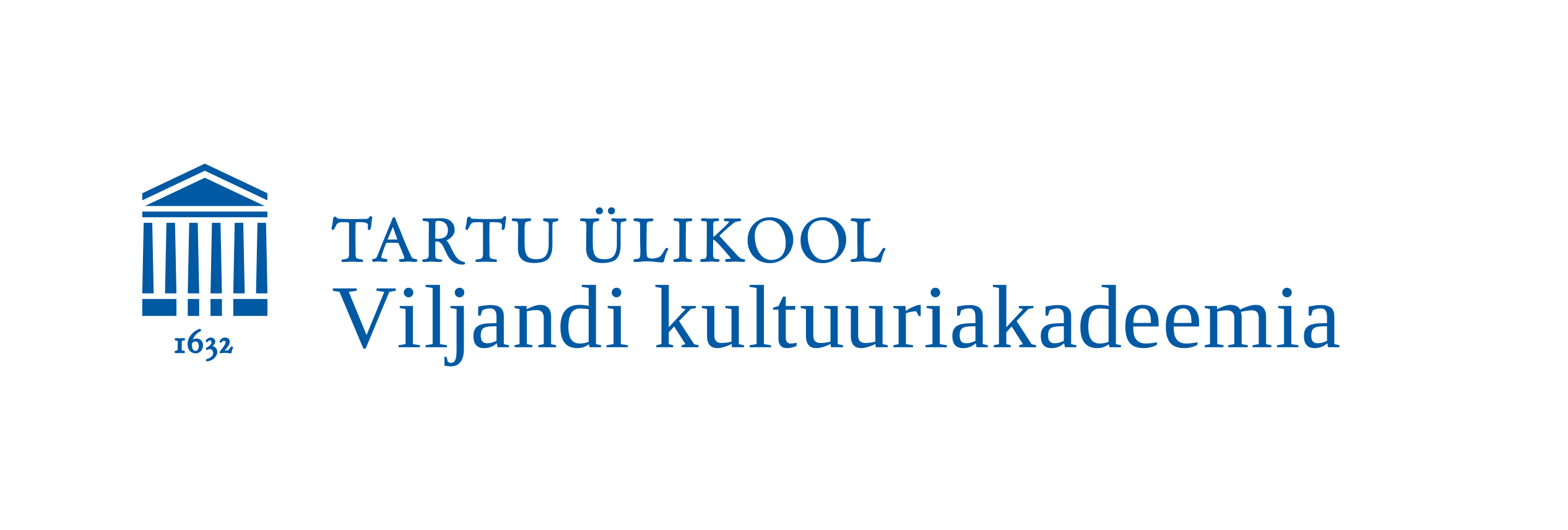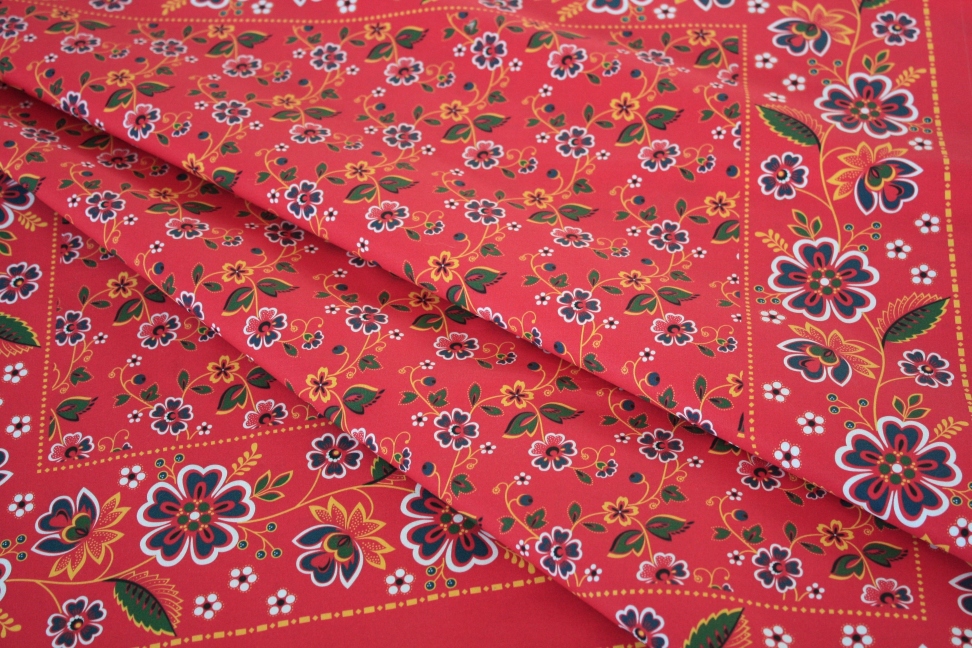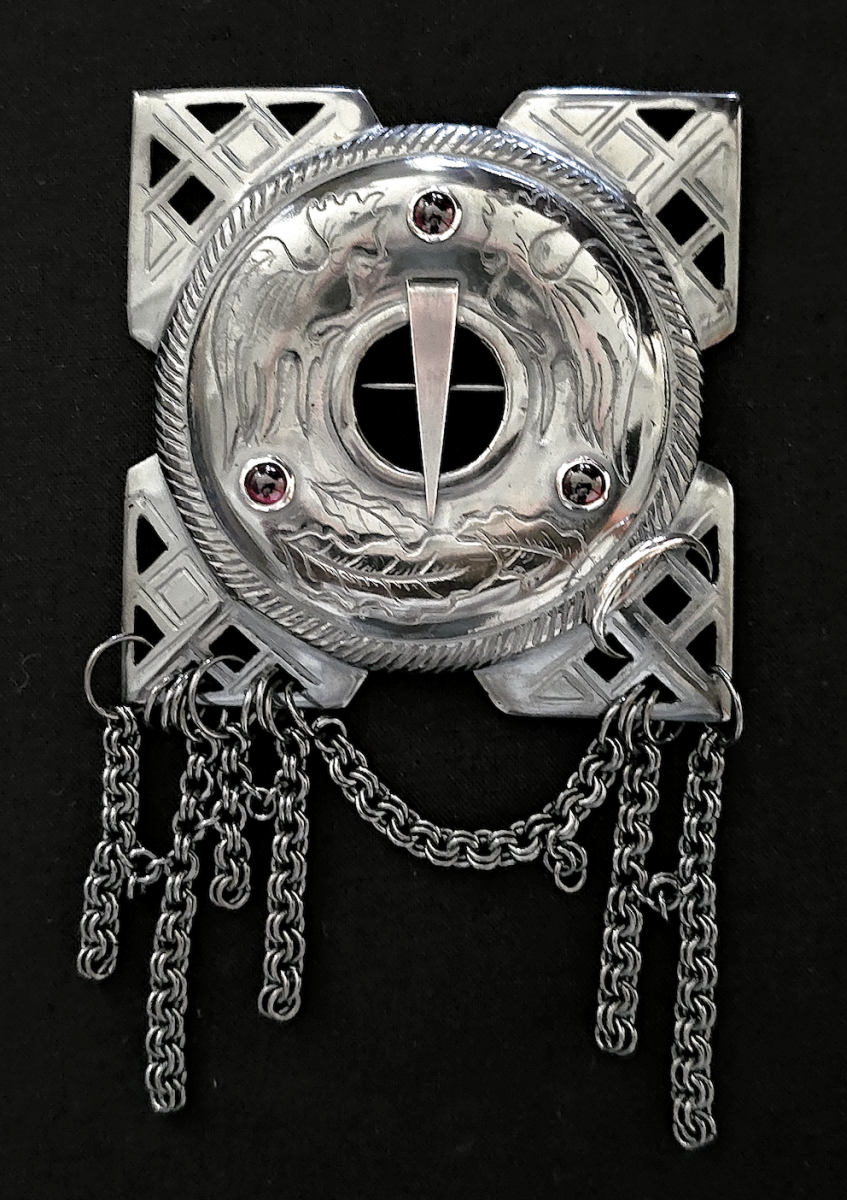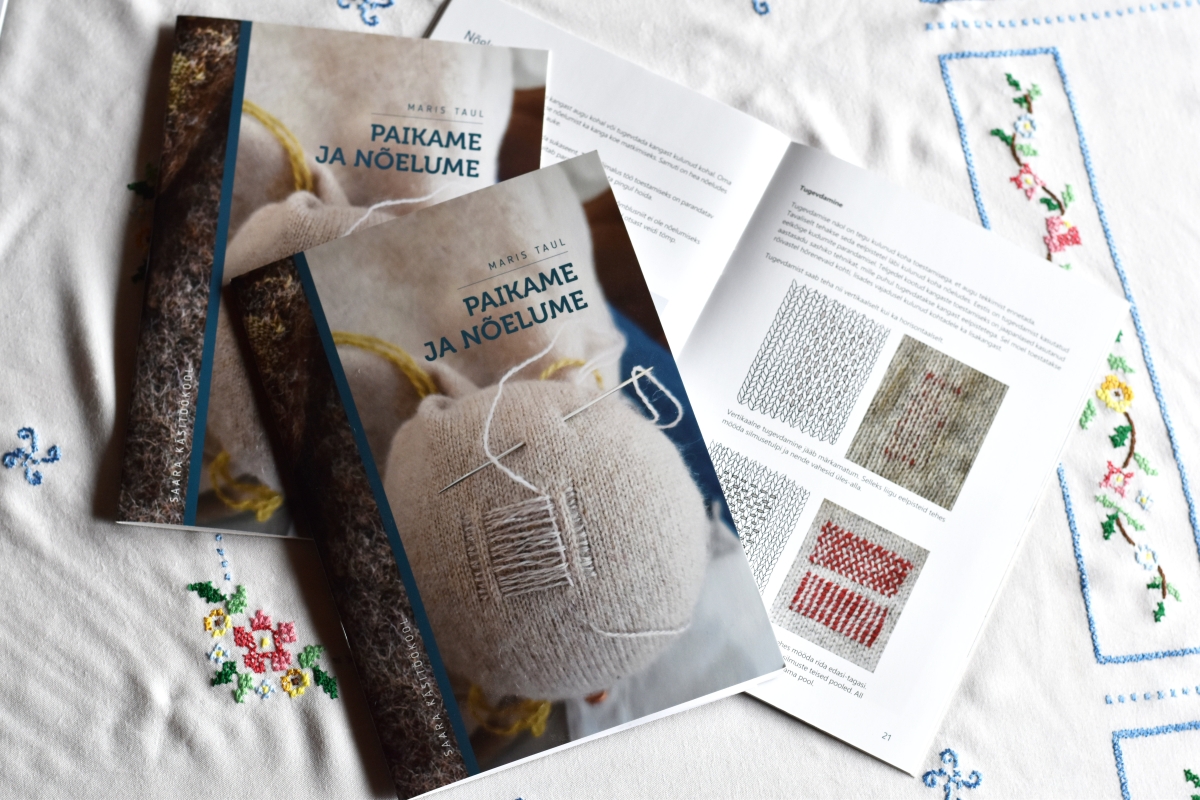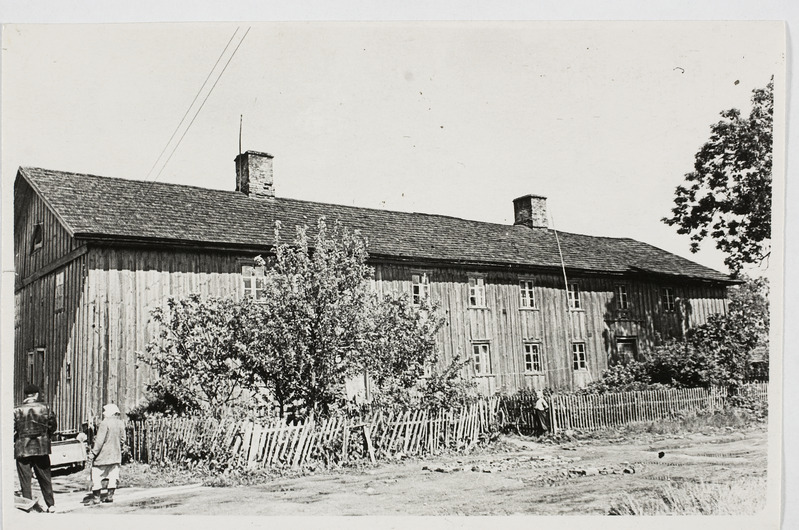“TRÜKIMUSTRILISED PÕLLED KIHNU TRADITSIOONILISES RÕIVASTUSES. PÕLLE- JA RÄTIKUKANGASTE KAASAEGSETE PROTOTÜÜPIDE LOOMINE” (juhedaja Kristi Jõeste)
LÜHIÜLEVAADE: Käesolev lõputöö on järg autori 2015. aasta seminaritööle „Trükimustrilised pearätikud Kihnu traditsioonilises rõivastuses“, jätkates Kihnu naise rahvarõivakomplekti üksikosade käsitlemist, eesmärgiga täiendada ja talletada kirjalikku informatsiooni Kihnu naiserõivaste elujõulisest traditsioonist, selle kujunemisest, arengust ja hetkeseisust ning sidudes uurimuse töö loov-praktilise osaga.
Töö koosneb kahest peatükist. Esimene, uurimuslik osa põhineb peamiselt autori välitöö materjalidel, kirjeldadesKihnu naiste püsivat põllakandmise traditsiooni, põlle seotust ülejäänud rõivastusega, suhtumist esemesse, tõekspidamisi, kogukonnasiseseid reegleid, osa rituaalides ning põllemoe muutumist ajas.
Lõputöö praktilise osana valmis minikollektsioon Kihnu rõivastusega sobitatavaid puuvillaseid trükikangaid, mis on teostatud kaasaegse digitrükitehnoloogiaga. Kirjaliku töö teine peatükk annab ülevaate praktilise töö valmimisest.
Töö lisadena on illustreeriva materjalina ära toodud fotovalik põlledest kihnlaste erakogudest ning valminud kaasaegsetest kangaprototüüpidest.
Mari Pukk
Lõputöö autor
TÜ Viljandi kultuuriakadeemia
LÄBITUD ÕPPEKAVA: Rahvuslik tekstiil
[Best_Wordpress_Gallery id=”111″ gal_title=”Mari Pukk”]
SUMMARY: This graduation project, titled „Printed Aprons in Kihnu Traditional Clothing. The Creation of Modern Prototypes for Apron and Kerchief Fabrics“ is a sequel to the author’s 2015. seminar paper “Printed Kerchiefs in Kihnu Traditional Clothing“, continuing the handling of the individual elements of the Kihnu woman’s folk costume, with the aim of supplementing and storing written information on the viable traditions of Kihnu women’s clothing, its evolution and current status, and linking the study to the creative part of the final thesis.
The main research questions are:
- What is the function of the object, the use traditions and the relationship with rituals?
- What have been the changes in the traditions of wearing, appearance, materials and patterns of Kihnu aprons over time and fashion and what are the reasons for those changes?
- How are aprons obtained, collected and stored?
- What is the current status of the apron, as part of the living folk costume?
- What are the possibilities to create printed fabrics which fit the traditional folk costume, using modern printing technology?
The written part of this graduation project has been divided into two chapters. In the first chapter, I will focus on the history and changes of Kihnu aprons and their role in modern times, relying mostly on fieldwork from 2014 to 2019. In the second chapter, I will describe the practical part of the graduation project, the creation of a small fabric collection.
As a result of the research I found out that since the 19th century the material used for Kihnu aprons has changed from linen to printed calico, which has been brought to Kihnu by sailors. What has not changed however are the functions and use traditions of the aprons – the apron is only a part of a married woman’s costume and harmonizes with the colours of the skirt. The preferred material for aprons is still printed calico, as it was a hundred years ago. The most valuable old fabrics are of Russian origin – stylized blossoms and paisley patterns on a red background are still appreciated in the community.
The Kihnu woman continues to collect aprons and kerchiefs, keeping traditional clothing in honour and teaching it to the following generations.
The mini collection of four fabric designs and a copied print of a museum item (a kerchief from the beginning of the 20th century) was formed. To print the collection, I used digital sketching and digital printing on high-quality cotton fabric. The fabric and print quality from the beginning of the last century is not possible because the fabric and the printing industry has changed, but the creation of new fabrics, taking into account the colour and pattern preferences of the target group, is possible by modern means, without printing large quantities and with moderate preparatory costs.
The experience gained gave me the opportunity to continue to (re)create print-graphic textiles, used for folk clothing.
